
Wednesday May 18, 2022
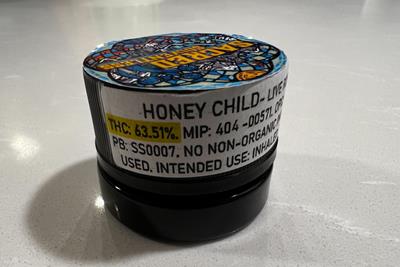 Education
Education
Legalization for medicinal marijuana may be passed in 38 states, and in 18 states for recreational use, but a new type of prohibition could be on the horizon – THC potency limits. It’s becoming a popular topic among lawmakers, scientists, and those in the cannabis industry overall.
At what potency do these lawmakers want to cap THC levels at and why? What does science tell us about how THC percentages affect us? What new problems could potency limits lead to? First, let’s take a look at what is considered a high amount of THC to begin with.
THC Potency Levels

How is THC percentage established? To understand what affects THC levels, first it’s helpful to understand where cannabinoids come from. The marijuana plant’s compounds are broken down into different cannabinoids that you probably have seen on the labels that come on your cannabis products, such as THC-A, CBD-A, THCV-A, CBN, CBCA, etc. These many constituent parts create the “high” experience and shape its nuances. However, all of these compounds come from the same precursor cannabinoid, CBG. As the plant grows, enzymes within it convert CBG into the other cannabinoids, and this doesn’t happen this in a uniform way.
A combination of genetics and growing conditions will determine how this precursor cannabinoid is allotted. Thus, when THC percentage is higher, other cannabinoid levels will be lower. Conversely, if you have a high CBN strain, then the THC percentage will be quite lower. To understand cannabinoid production better, dig in here. Whether you’re talking about cannabis flower, concentrates, edibles, oils, or topicals, most cannabis products have some level of THC in them, and the modern cannabis market tends to offer THC concentrations in a wide array. In general, many daily consumers consider anything over 25% to contain a high amount of THC.
On the contrary, those who do not partake in cannabis, have a lower tolerance, or are not involved with the cannabis industry tend to regard anything over 25% as far too high of a percentage to even consider. Despite this, budtenders at dispensaries claim that the best-selling flower normally contains 25% THC or more.
The Rise of THC Percentages
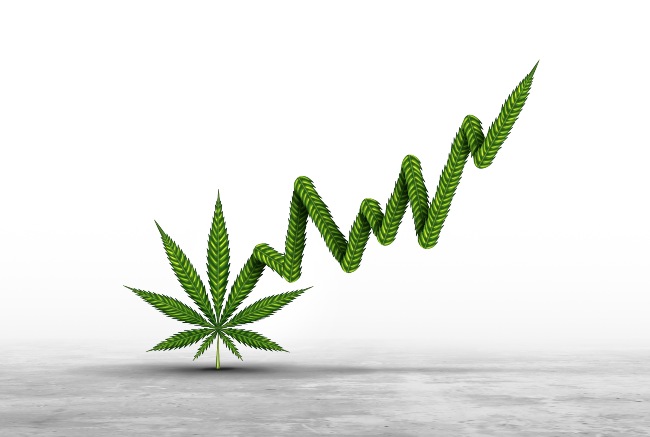
Many studies note that THC percentages in cannabis have had a significant increase in the past 60 years. A study by The Journal of the Missouri State Medical Association found that between 1960 and 1980, the average THC content in cannabis flower was 2%. It then increased to 4% in the early 1990s. But by 2015, the average THC content saw a 212% increase. A separate study published on PLOSjournal.org noted that average THC content in recreational products was higher (21.5-23.9%) than medical products (16.8-19.3%). The study also found that the average CBD percentage has gone down from .41% in 2008 to .15% in 2017.
The study went on to state that lawmakers have merit to discuss potency limit laws because state-run medical cannabis programs are not using scientific evidence to develop a plan for safely consuming cannabis, all while advertising high THC products to the public.

Author of the study, Dr. Elizabeth Stuyt, found that increased potency started to result in withdrawal symptoms among users such as irritability, restlessness, appetite loss, headache, insomnia, and cravings for cannabis.
Over decades of advancements in growing techniques, genetic cannabis breeding, cannabinoid testing, and curing products correctly, THC levels are now at an all time high in 2022. Potent cannabis flower is hitting from 30-38%. Concentrates are sky-rocketing to levels at 70-80% and can even max in the 90 percentiles for THC when testing distillate products or pure THCA crystals.
While there is no doubt an increase in THC has occurred in products across the board, a Missouri State Medical Association study pointed out that we should be more concerned with concentrates and edibles over flower because these products have such high levels.
However, Morgan Fox, spokesperson for the National Cannabis Industry Association said, “High potency products like concentrates — there’s significant demand for them among cannabis consumers. If you make it so that regulated producers are no longer able to produce these, that market is going to go completely underground.”
Laws in Place Addressing THC Potency
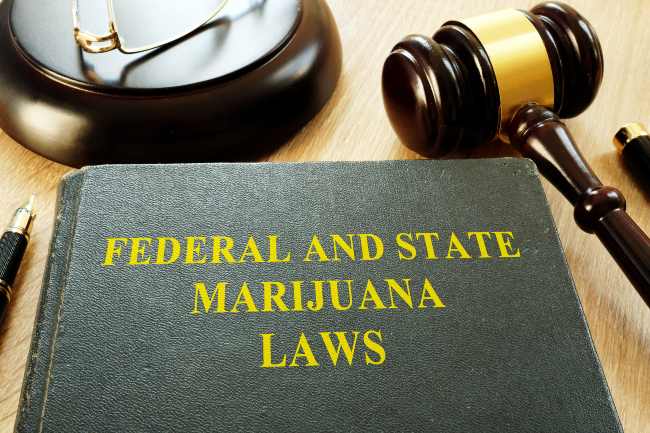
So, what do American lawmakers think of all this? Many of them agree with the studies, particularly when it comes to the potential of negative impact on mental health.
Bills proposing potency laws have been introduced in Florida, Massachusetts, Montana and Washington state, with one bill already adopted in Vermont. A bill was also drafted in Colorado but immediately faced backlash after it was leaked to the public, which resulted in the bill not being officially introduced in the house.
Let’s take a look at the following bills that propose THC limits:
Vermont
- S.54 applies to recreational products. There is currently no potency cap on medical cannabis products in Vermont.
- THC will be capped at 30% in flower and 60% in concentrates
- A single package cannot exceed 50 milligrams of THC, other than non-consumable products, such as topical salves, and medical cannabis.
- Edible servings are limited to five milligrams of THC. The number of servings must be listed on the package.
- Restrictions are now in effect
Colorado
- Proposes that all marijuana products be capped at 15% on medical and recreational sides.
- If passed, around 65% of products in the Colorado market would be illegal to sell.
- Medical and recreational dispensaries would have to portion out grams of concentrate into 10 single dose packages
- Start a new statewide tracking system to ensure that consumers are not “dispensary hopping” and exceeding their daily limit especially for the concentrate limit of 8 grams only
- County coroners will start to conduct toxicology screenings on anyone 24 and younger who dies by suicide, overdose or in an accident and then report that information to the state
- It is currently unclear if this legislation will be proposed this year
Florida
- 10% THC cap for all marijuana flower
- 60% cap on all concentrates, excluding edibles
- Last action was taken on April 30 2021, which resulted in the bill being killed by the Health and Human Services Committee
- The bill failed to pass on April 30th, 2021
- Revising a provision in regards to THC potency in edibles
- Authorizes the Department of Health to select and test all marijuana samples, rather than only edible samples, from cultivation, processing, and dispensing facilities, etc.
- Last action was taken on April 30 2021, which resulted in the bill being killed by the judiciary
- The bill failed to pass on April 30th, 2021
Massachusetts
- Cap would be at 10% THC for all flower
- Vape cartridges that hold over 5 milliliters of concentrate will be capped at 10%
- The house referred the bill to the Joint Committee on Cannabis Policy on March 29 2021 and the senate concurred.
- The Joint Committee on Cannabis Policy is currently still pending, with research underway.
- Would require the state Cannabis Control Commission to adopt “reasonable potency limits for each type of marijuana product” sold in the state.
- The bill is currently very vague and is unlikely to pass at this time because there would need to be a long conversation about what is considered a “reasonable” THC cap.
- The house referred the bill to the Joint Committee on Cannabis Policy on March 29 2021 and the senate concurred.
Montana
- Proposes a 15% THC cap on all recreational marijuana products
- Implements penalties for recreational customers or recreational dispensaries who have or sell products that are over 15% THC
- Estimated to cost the state $1 million to implement
- Bill died in process in the Senate on April 29 2021
Washington
- Bans all concentrates over 30% THC
- Bill has been introduced in the house and is on the Governor’s desk to be reviewed.
- Bill is not expected to pass this year
Federal Report form the Caucus on International Narcotics Control
Cannabis Policy: Public Health and Safety Issues and Recommendations
- Proposed by Sens. John Cornyn, TX (R) and Dianne Feinstein, CA (D)
- Received bipartisan support in the senate
- Supports potency caps on a federal level.
- Recommends that the National Institute of Health and The U.S. Food and Drug Administration develop their own THC potency cap on marijuana products.
THC Limits Potential Risk to Cannabis Industry
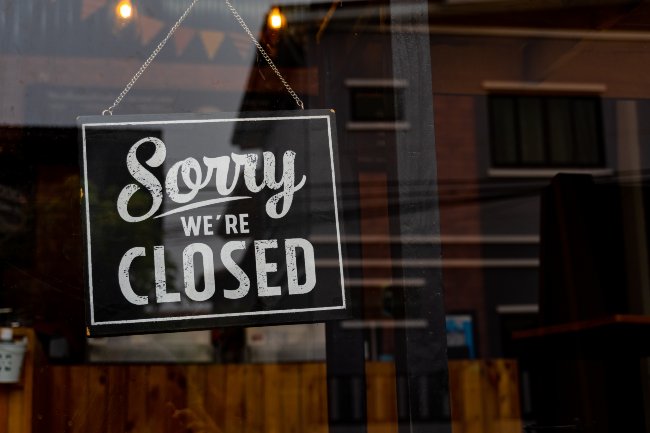
We now know that the argument and concern surrounding THC potency, potential addiction and its side effects that lawmakers see and are taking action. But ultimately, what many are thinking is, “how will this affect the cannabis industry”?
If THC potency caps become a reality, it could have a negative impact on the industry and the states that have legalized cannabis. From a revenue standpoint, varying potency limits could drive customers across state lines to buy products with higher THC potency and thus generate less tax revenue from state residents.
Medically speaking, THC is known to specifically help with chronic nausea and vomiting, side effects of chemotherapy, mood disorders, eating disorders, gastrointestinal disorders, wasting syndrome and glaucoma. Therefore, it’s possible that the effectiveness of the cannabis that medical patients receive could go down as a result of potency capping.
Lawmakers could make the argument that some states have only proposed restrictions on recreational products, therefore medical patients would not see a change in the medicine they need. However, some patients may not have access to see a cannabis physician or the means to pay the state fees that are normally associated with obtaining a medical marijuana card, so they have to buy recreationally.
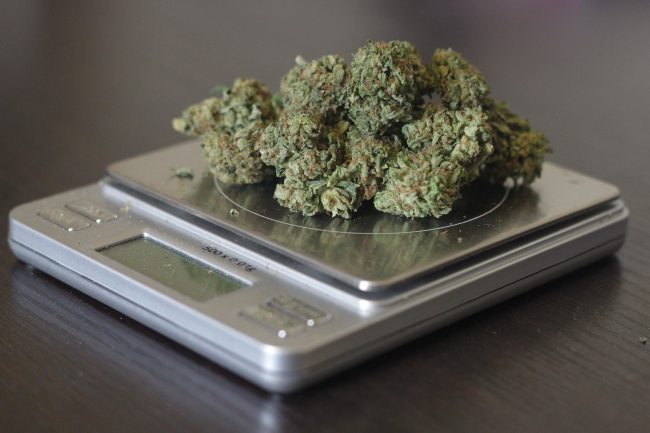
But the most important thing to note would be that potency caps could create a new type of black market, made up of high potency cannabis products. Thereby decreasing the value of licensed provisioning centers, fueling a new kind of crime, and adding a new element to the war on drugs – making things worse than they already are.
Conclusion
It’s clear that there is some benefit to having this discussion, but until scientists have more funding to do in-depth research and lawmakers have a better understanding of cannabis, passing potency limit laws could demolish the progress that the cannabis industry has made in recent years.
We would love to hear how readers are responding to these encroaching laws that would cap THC potency at very low levels. How would this affect the way you obtain or consume cannabis? Please comment and let your voice be heard!







